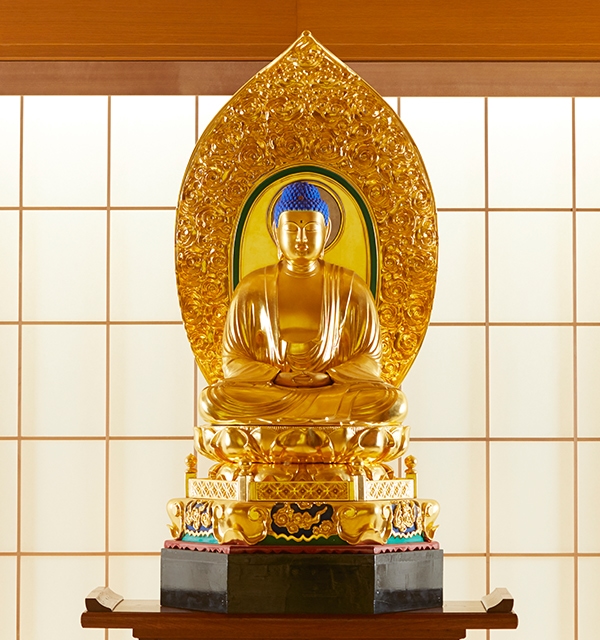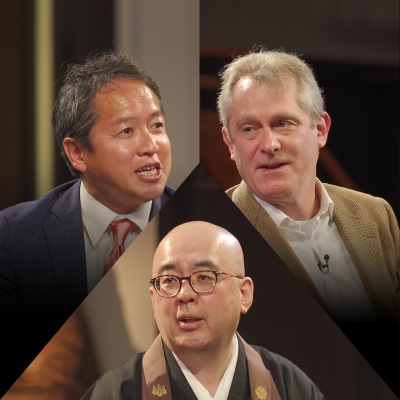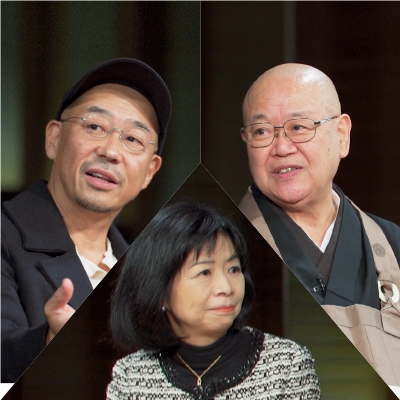
The History of Zen: Discovering the Roots of Sōtō Zen (3)
From Prof. KAGAMISHIMA Genryū’s Zengaku gairon kōgi nōto
(Introduction to Zen Studies Lecture Notes)
In India from ancient times up to the present, religious practitioners have been seen as ascetics. However, Buddhism sought to avoid ascetic practices. Śākyamuni Buddha rejected the idea of being devoted to worldly pleasures, but at the same time also rejected the idea of being absorbed in ascetic practices. Śākyamuni Buddha saw both of these extremes as mistaken, and rejected them both. The Zen school later on said, “Zazen itself is the completed action of the Buddha安楽の法門.” The seated meditation that Śākyamuni Buddha adopted into Buddhism at the very least was not an ascetic practice. This is the difference between the meditation of non-Buddhist Indian religions and Buddhist meditation.
The seated meditation that was adopted into Buddhism had Nirvāṇa as its goal, and was a cultivation that avoided asceticism in its practice. Nirvāṇa is a word meaning to “blow out and extinguish.” By blowing out and extinguishing the flames of the afflictions, the practitioner can reach a state without suffering or distress. The light of wisdom extinguishes the flames of the afflictions, and the ideal of Buddhism was the attainment of such wisdom.
The Buddhist term Nirvāṇa is commonly used to mean the passing away of the Buddha or the death of ordinary persons, but that is not the original meaning of Nirvāṇa. Rather, Nirvāṇa means the ending of a life immersed in the afflictions, to be reborn into a life of true awakening. For that reason Nirvāṇa is not the end of human life. After attaining Nirvāṇa a life of true purpose begins.
Śākyamuni Buddha taught the Eightfold Noble Path*1 as the cultivation leading to Nirvāṇa. The first of the eight parts of the Eightfold Noble Path is Right View, and the last is Right Meditation. Right View means to have the right way of thinking, and Right Meditation means correct seated meditation. Ways of thinking that involve seeking a rebirth in a heavenly realm after death, or that emphasize ascetic practices to cause physical suffering to purify the spirit are not correct ways of thinking in Buddhism. Practice based on such incorrect understandings of life or the world will not lead to the Buddhist ideal of Nirvāṇa.
Thus, Buddhist meditation is a practice aiming at Nirvāṇa based on the correct way of thinking. This is how Buddhist meditation differs from the meditation of other Indian religions.
*1 The Eightfold Noble Path (Jpn. hasshōdō) is the truth of the Path among the Four Truths (Jpn. shitai四諦, the truths of Suffering, its Cause, its Cessation, and the Path). In other words, it is the actual practice leading to the attainment of the ideal state. It consists of Right Views正見, Right Thinking正思惟, Right Speech正語, Right Action正業, Right Livelihood正命, Right Effort正精進, Right Mindfulness正念, and Right Meditation正定.

SPECIAL
ZEN,KOMAZAWA,MANAGEMENT
For our 5th discussion in this series we welcomed guest participant Mr. David Atkinson, CEO of Konishi Decorative Arts and Crafts, for a three-way dis・・・
2020.08.07

SPECIAL
ZEN,KOMAZAWA,MOVIE
For our fourth interview we welcomed film director Tatsushi Ōmori as our guest, and together with Komazawa University Chancellor Seishi Nagai and Prof・・・
2020.03.05

